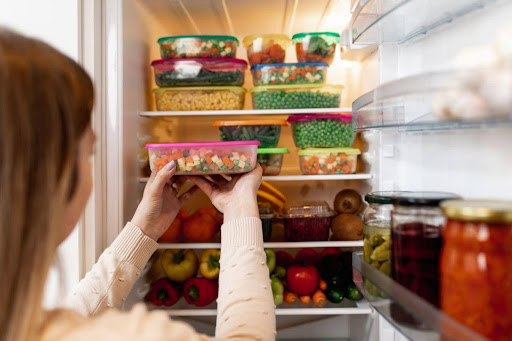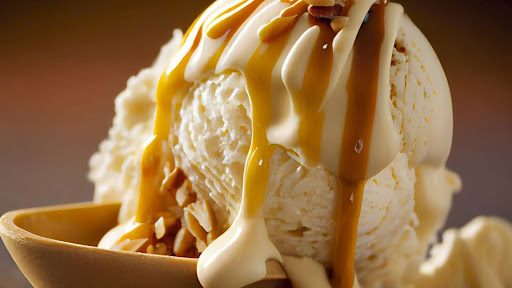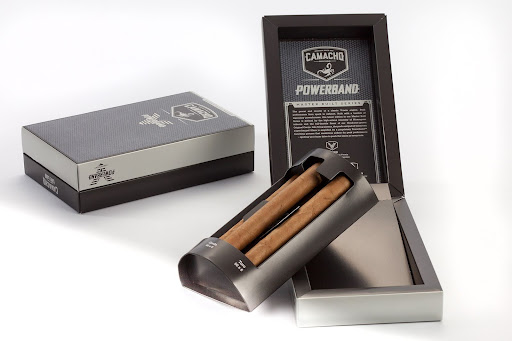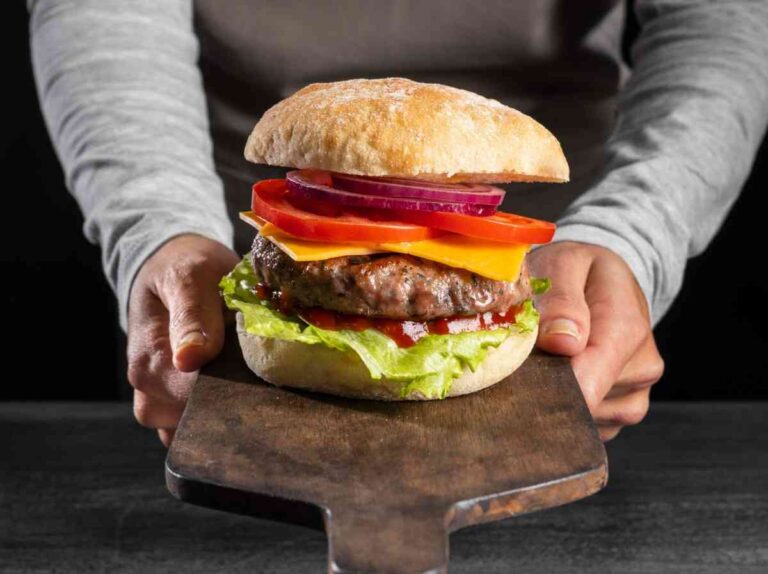How to Implement Food Preserve Methods at Home
Food preservation is essential for extending the shelf life of perishable particulars, reducing waste, and making a steady force of nutritional food. Whether you aim to store seasonal yield, save leavings, or prepare for extremities, colorful preservation ways can help maintain food quality and safety. A hot holding cabinet helps Food Preserve at safe temperatures, preventing bacterial growth and ensuring meals stay warm and fresh for service and maintaining warmth, making it ideal for home use.
Enforcing these styles at home is simple with the right approach. This composition explores effective food preservation methods, including refrigeration, freezing, canning, dehumidification, pickling, and vacuum sealing. Each fashion offers unique benefits and is suitable for different types of food, helping you make the utmost of your groceries.
Refrigeration: Keeping Food Fresh Longer
Refrigeration is one of the most common food preservation styles. By keeping food at temperatures between 34 °F and 40 °F( 1 °C to 4 °C), bacterial growth slows down, dragging newness. Store dairy products, fresh fruits, and vegetables in their designated chambers to maintain optimal moisture. Meat and seafood should be kept on lower shelves to help cross-contamination. Regularly checking expiration dates and arranging particulars with aged products in front can help minimize waste. Making proper tailwind and drawing your refrigerator regularly can enhance its effectiveness, precluding corruption and keeping food fresh for longer ages.
Freezing: Extending Shelf Life for Months
Freezing is an excellent system to save food for an extended period. Keeping food at 0 °F(- 18 °C) halts bacterial growth, maintaining quality for months. Proper packaging is pivotal to helping freezer burn; use watertight holders or vacuum-sealed bags to retain humidity. Labeling particulars with dates ensures effective gyration and prevents food from being forgotten. freezing workshop well for flesh, vegetables, fruits, and indeed set refections. dulling vegetables before freezing helps retain color and texture. Deliquescing food in the refrigerator rather than at room temperature prevents bacterial growth, making safe consumption and maintaining food integrity.
Canning: Conserving Food for Long-Term Storage
Canning is a time-tested preservation system that involves sealing food in watertight holders and hotting them to kill bacteria. There are two main types water bath canning for high-acid foods like fruits and pickles and pressure canning for low-acid foods like flesh and vegetables. Altering jars and using proper sealing ways are critical to precluding impurity. Home-canned foods can last for a time when stored in a cool, dark place. Always check for signs of corruption, similar to bulging lids or out smells, before consuming. Canning allows you to enjoy seasonal yield throughout the time with minimum preservatives.
Dehumidification: Removing moisture to prevent Spoilage
Dehumidification preserves food by removing moisture, which inhibits the growth of bacteria and the earth. This system is generally used for fruits, vegetables, sauces, and flesh (similar to jerky). Using an electric food dehydrator ensures indeed drying, but a roaster set at a low temperature can also be effective. Proper storehouse in watertight holders keeps dried foods from reabsorbing moisture. Dehydrated foods are featherlight and accessible for snacks, camping, and exigency preparedness. They can be rehydrated by soaking in water, making them protean for colorful fashions while retaining much of their original nutrients and flavors.
Pickling: Enhancing Flavor and Preservation
Pickling extends the life of food by immersing it in a result of ginger, swab, or Neptune, which creates an acidic terrain that inhibits bacterial growth. This system is extensively used for cucumbers, onions, carrots, and indeed eggs. Pickled foods develop a unique pungent flavor while retaining their crunch. cooled quick pickles can be made in twinkles, while traditional fermented pickles take weeks to develop their distinct taste. Proper sterilization and sealing of jars ensure food safety. Pickling not only preserves food but also enhances its flavor, making it a favorite choice for adding tang to refections.
Vacuum Sealing Precluding Oxidation and Freezer Burn
Vacuum sealing is an advanced preservation system that removes air from packaging, precluding oxidation and bacterial growth. This fashion is particularly useful for indurating flesh, vegetables, and dry goods like rice and nuts. Vacuum-sealed foods last significantly longer than those stored in traditional packaging. Special vacuum-sealer machines make the process easy, and using high-quality bags ensures continuity. This system also helps retain flavor and texture by reducing exposure to air. also, vacuum-sealed foods take up less space, making storehouses more effective. Combining vacuum sealing with other preservation ways enhances food life and quality.
Best Custom Printed Burger Boxes USA for Food Branding
Conclusion:
Doing food preservation styles at home can save plutocrats, reduce waste, and give convenience. Whether you choose refrigeration for a short-term storehouse, indurating for long-term use, canning for closet masses, dehumidification for featherlight snacks, pickling for flavor improvement, or vacuum sealing for maximum newness, each fashion has its benefits. Understanding how to duly store and handle food ensures safety and quality. By incorporating these preservation styles into your routine, you can enjoy fresh, nutritional, and scrumptious food throughout the time while making the utmost of your grocery purchases.







